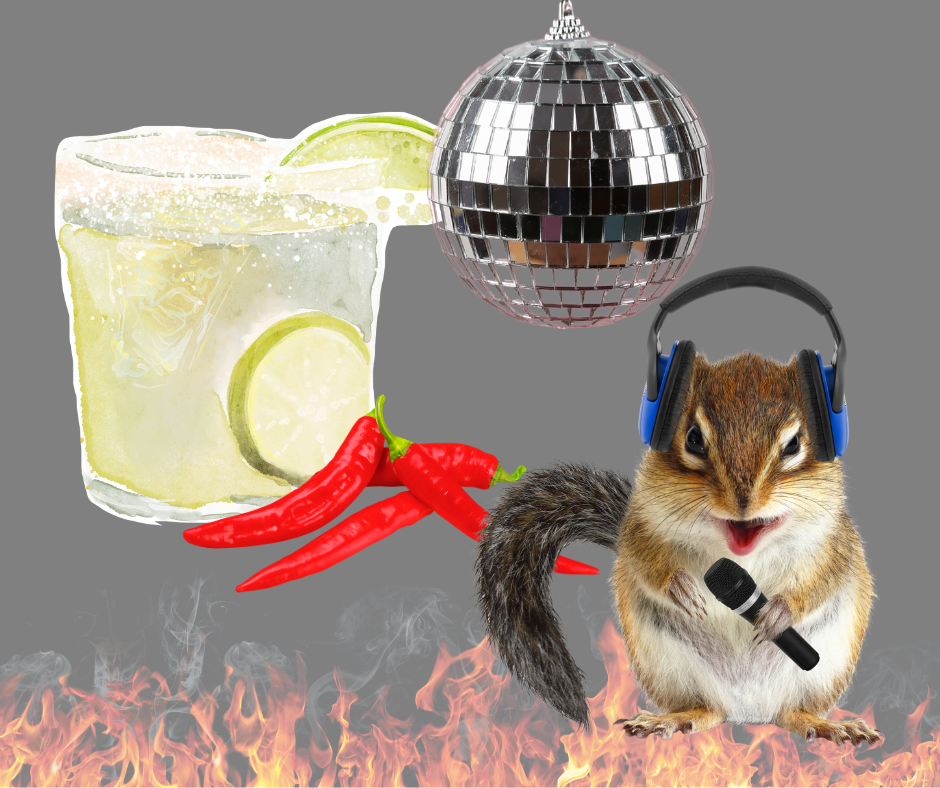Many of us have found ourselves standing in front of a recycling and garbage can, trying to decide where to dispose of the thing we just used. e pictures and labels on the bins around campus are helpful, but don’t encompass everything. Too often, because we want to feel like our efforts are contributing to something positive, we just toss it in the recycling because, heck, this could probably be recycled somewhere down the road, right?
Wrong. And unfortunately, this hopeful mentality actually does more harm than good.
My employment in the SU Recycling Department has given me an in-depth look at how waste is handled on a large scale. At best, when we accidentally throw a dirty recyclable or non-recyclable in a recycling bin, and that bin is added to the recycling stream, the quality and market price of the materials become considerably degraded. Recycling becomes less useful and thus less valuable, making it unappealing to consumers such as China. At worst, the presence of too many non-recyclables can cause waste management services to send entire tons of recyclables to the landfill. The simple act of accidentally throwing a compostable coffee cup in the recycling can turn countless valuable resources with optimistic futures into trash.
Because humans are fallible beings, these types of problems have always existed and always will. Our recycling streams will never be 100 percent clean, especially as more Americans continue to gain access to recycling bins. There are two reasons to point this out now.
First and most importantly, international law has very recently and very drastically changed America’s waste situation. Our recyclables’ journeys don’t end in the United States the majority of the time. If they aren’t contaminated enough to end up in an American landfill, it is likely that they are sold and shipped to China, where they are further sorted and used to supply their manufacturing. As of January 11th, however, China implemented a contamination standard of 0.5 percent as well as the ban of 24 different kinds of solid wastes. In other words, the volume of dirty recyclables and non-recyclables in the recycling stream has gotten so high that China is unable to salvage enough clean recyclables to produce new things out of them – they’ve had to classify the majority of what they receive as garbage. China said that this wasn’t the only motive for the measure: it was also established to safeguard the health of the public and environment.
As previously mentioned, the contamination of the recycling stream already drives down the price at which the US is able to sell recyclables to China. And when recycling companies have to send entire units of recyclables to landfills, that money is lost as well. With more Americans recycling than ever before, what should be a booming industry is quickly becoming the opposite. Even stricter governance is certain to exacerbate these effects on the American waste management industry, as they will eventually be forced to drastically slow their processes that sort items into glass, aluminum, plastic, metal, and cardboard categories, therefore increasing the service’s cost. To avoid this effort initially, the U.S. will likely begin to export their recycling to other countries without regulation, which in the long run will be equally ineffective not to mention equally inconsiderate of their citizens and environment. Ultimately, regardless of the course U.S. waste management companies choose to take, more clean recyclables will end up in American landfills, a precarious move considering they are already rapidly filling up.
Secondly, Seattle University is currently in the midst of participating in Recyclemania, an 8-week competition between colleges across the U.S. and Canada that tracks the rates at which institutions recycle. In 2017, our university placed 12th out of over 400 universities, with 67.5 percent of our total waste stream being recycled. is year, we are on track to join the top 10 with a 73 percent diversion rate. To most, this is obviously a very admirable accomplishment. But when considering the state of our waste management industry, particularly in the face of China’s stringent new regulations, is it really? Just how much of what we throw into our recycling bins will actually become something new and useful again?
As our national ranking reflects, the Seattle University community does care about recycling. With Recyclemania underway, now is the perfect opportunity to take advantage of on-campus events that will increase our waste sorting knowledge and translate this campus-wide sense of care into a meaningful diversion rate. If you can’t come out to any events, maybe whip out your smartphone and google your item’s correct placement. Or even just take 10 minutes out of your day to research the plastics you frequently encounter but feel iffy about. After all, shouldn’t we, the ones buying all these things, be responsible for disposing of it correctly? With just a little more effort on our, the consumers’, end, not only would we prevent the decline of an important industry, we would also contribute to the foundation of a brand-new system. A system that doesn’t end in a landfill, or even have an end at all. That’s real recycling.
— Viviana Padilla, Third year environmental studies major





![[OPINION] Two Thirds Good and One Third Abysmal in the USWNT’s First Three Games of the Year](https://seattlespectator.com/wp-content/uploads/2023/05/internationalsoccer-natalieschorr@4x-900x900.png)
